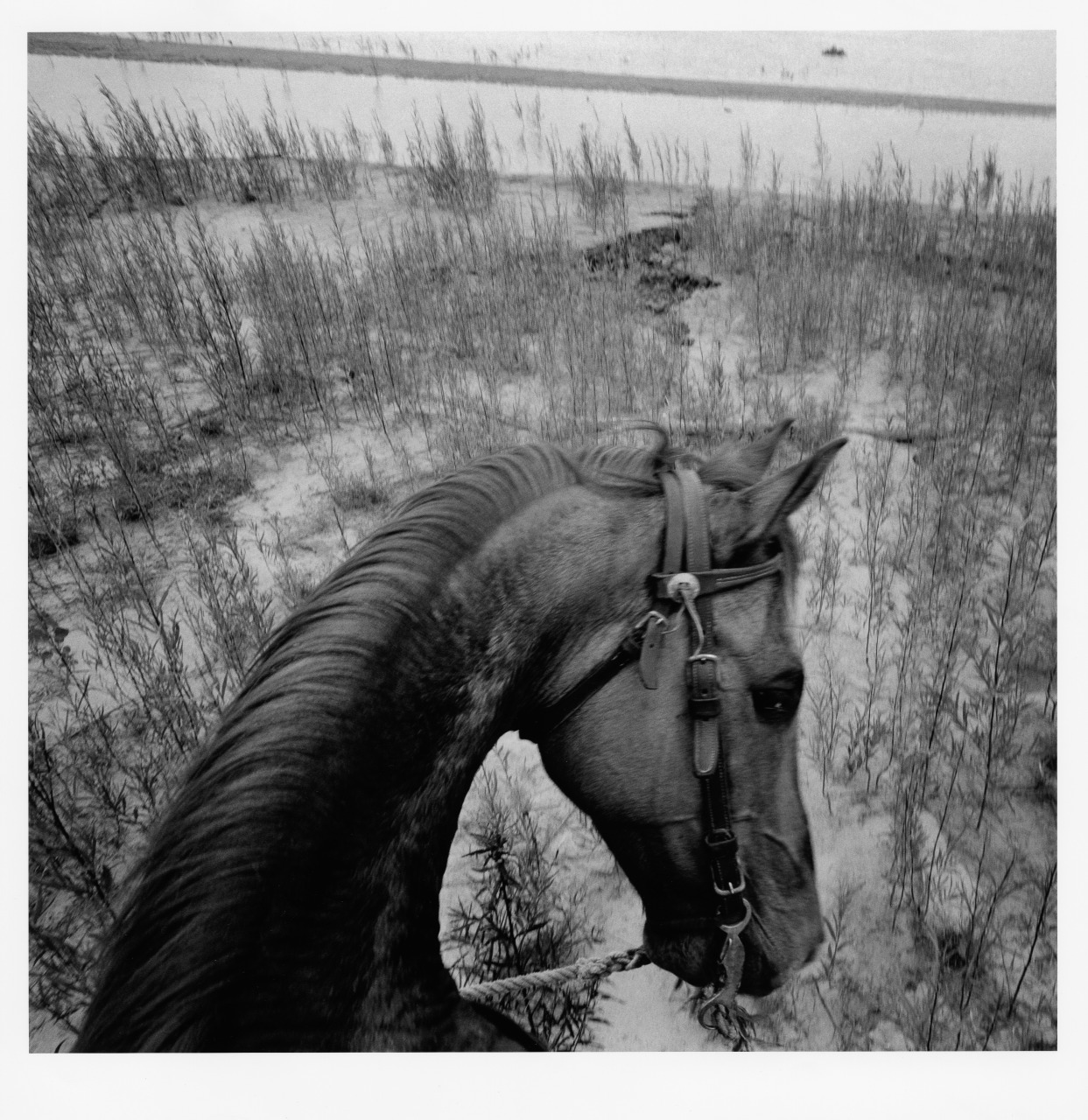Inkjet prints, also known as pigment prints or giclée prints, produce photographs from digital files using professional-grade inkjet printers. The French word giclée—which means “splash” or “spurt”—was first used in 1991 by Jack Duganne, an American printmaker, and originally referred to images made from the four-color inkjet printer IRIS, which was introduced by Iris Graphics in 1985. The term later expanded beyond the Iris brand and is now synonymous with inkjet or pigment printing.
The inkjet process begins with a digital file, which can be either an original digital file or one created from an analog original, and a printer that can accommodate an assortment of different pigment- or dye-based inks. The ink is deposited on the support by a fine spray, creating the image through microscopic dots. This method produces incredibly detailed prints and gives the artist a wide range of control over the final product, since both color and black-and-white prints are possible from the same file. Many different supports for the image are available, including cotton rag “watercolor” paper, which has a more textured surface and produces a softer image; baryta paper, which allows for exceptional richness in black tones; canvas; and even vinyl.
When pigment-based inks rather than dye-based inks are used, the inkjet/giclée process produces archivally stable light- and water-resistant prints.

Landscape from horseback
archival pigment inkjet print; ca. 2004
by Douglas Baz and Charles Traub
The Historic New Orleans Collection, gift of Douglas Baz and Charles Traub, 2009.0296.21

Carroll Herbert at Smith Tire, Ninth Ward
archival pigment inkjet print; 2006
by Stephen Wilkes
The Historic New Orleans Collection, gift of Stephen and Bette Wilkes, 2011.0195.5
